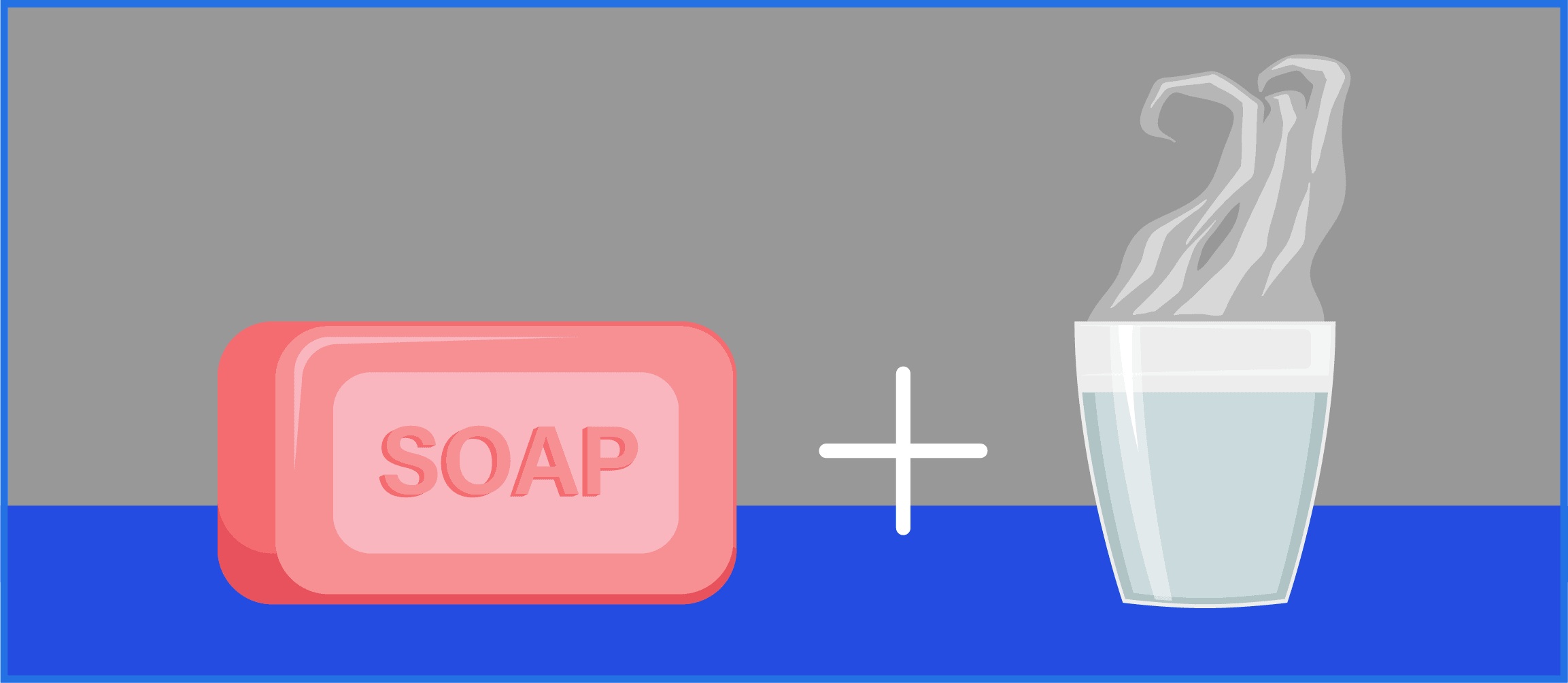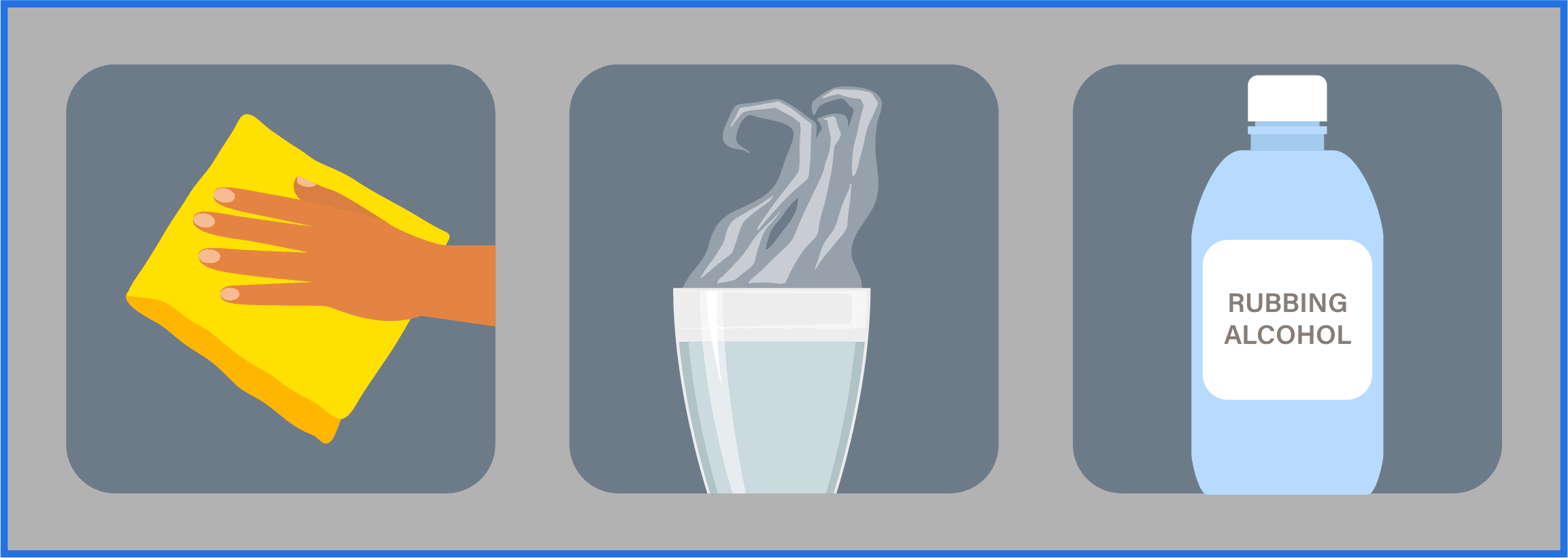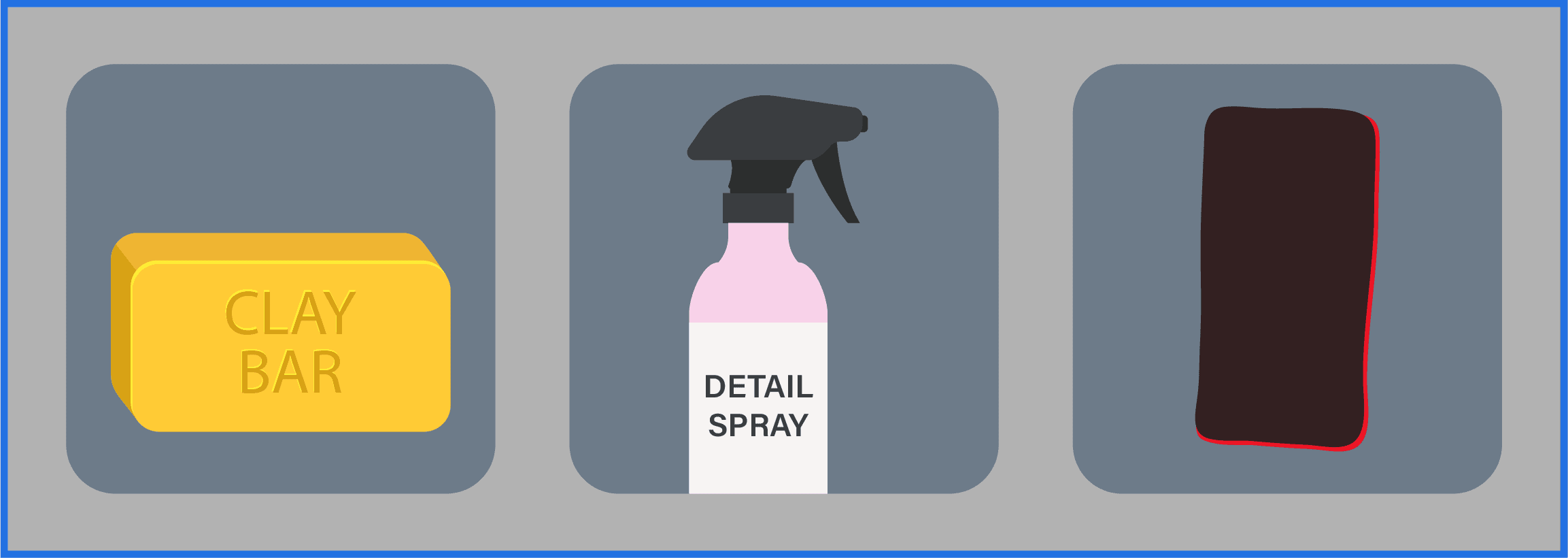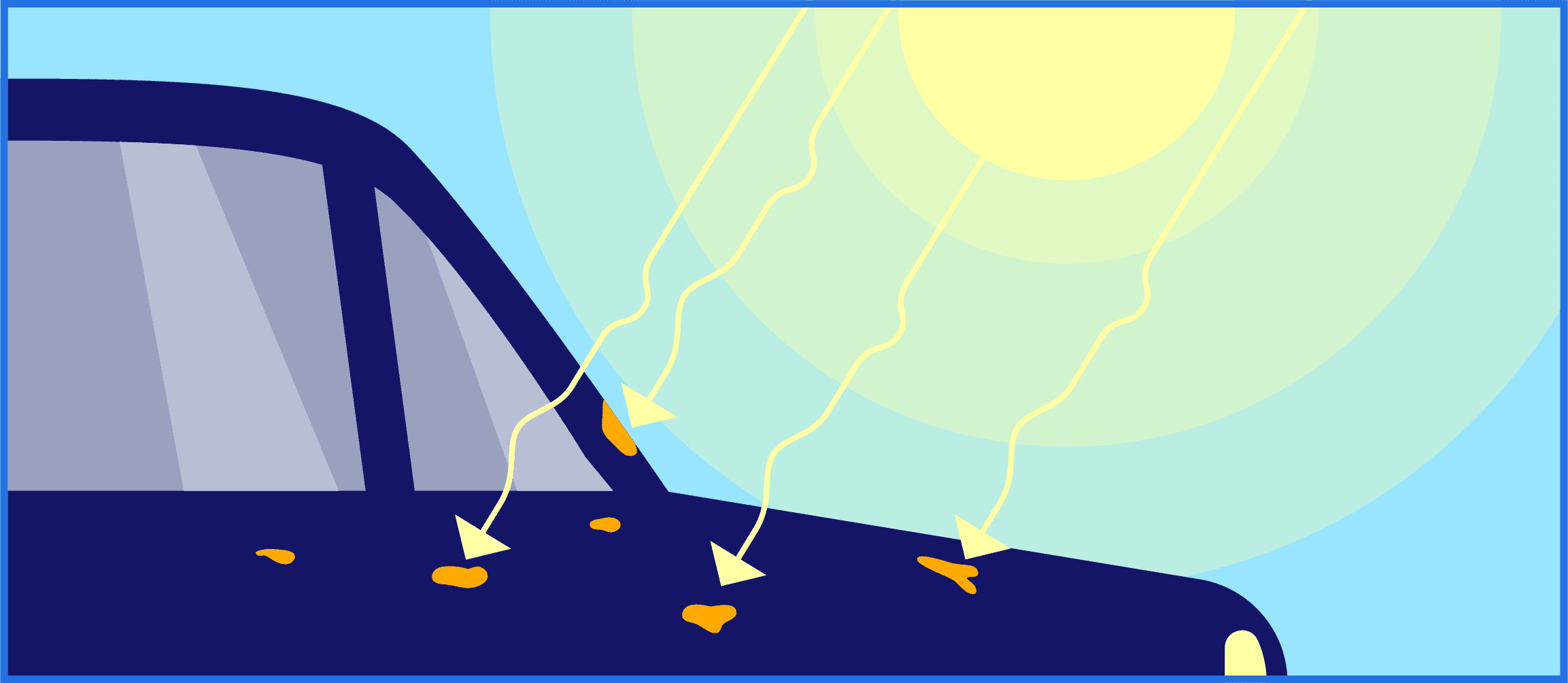Tree sap, or “pitch,” looks terrible on your car’s exterior, but did you know that it can also cause permanent damage? It can actually chemically bond to the clear coat, causing discoloration, staining, and even paint etching.
If you’re wondering how to get sap off your car without damaging paint, you’ve come to the right place. In this article, we’ll delve into how tree sap can damage your car and provide detailed instructions on how to get it off.
How to Remove Tree Sap from Your Car’s Exterior: 8 Methods
If the tree sap, including hardened or dried sap, has adhered to your vehicle, not to worry – we’ve got a number of methods for you to choose from. The rule of thumb here is – the sooner you act, the better.
1. Soap and Hot Water Method

We suggest starting with a simple car wash using soap and hot water. This not only prevents accidental scratching during sap removal but might also eliminate the sap altogether. Avoid automatic car washes, as they may spread the sap, causing a bigger problem. Using a power washer (on a safe setting) could also help blast the sap away.
2. Hot Water and Rubbing Alcohol Method

For hardened sap, use hot water (not boiling) to soften it. Dampen a microfiber cloth with hot water and scrub the sap spots with rubbing alcohol. While dilution is often recommended for isopropyl alcohol mixtures (70% alcohol/30% water), rubbing alcohol is already diluted so there is no need to dilute further.
3. Baking Soda Method

Baking soda is an incredible, affordable multi-use substance you probably already have sitting in your kitchen cabinet. There’s not much harm in giving it a try, especially if you’re dealing with stubborn pine sap, make a paste of hot water and baking soda and let it sit on the sap stain.
4. Clay Bar Method

For multiple tiny sap splatters, a clay bar can be quite effective. The sticky putty-like texture of clay bars can remove sap and other debris like dead bugs and tar from your car’s surface.
5. WD-40 Method
Spray WD-40 directly onto the sap stains, let it sit for a few minutes, then wipe it off. Re-apply if necessary, and follow with a regular soap-and-water wash.
6. Commercial Adhesive Removers
Products like
7. Heat
Some detailers say using a heat gun can soften the sap, making it easy to remove. This works best with fresh sap.
8. Professional Assistance
If all else fails, consider getting professional assistance. In certain cases, hardened sap may be impossible to remove with DIY methods, and you could risk damaging your car’s paint job. Auto paint shops can remove the sap and even repaint spots if necessary for a perfect finish.
How to Remove Sap from Your Car’s Interior
Removing stains from upholstery should be done carefully. Whenever possible, test whatever you are using on an inconspicuous area first! That said, here are some options to try:
1. Ice
Place a few ice cubes in a plastic bag and apply it to the stain. This will harden the sap, making it easier to remove. Using a plastic scraper or the edge of a credit card, carefully lift off the hardened sap without scratching the upholstery.
2. Dish Soap (Fabric Upholstery)
For fabric seats, mix a few drops of mild dish soap with warm water. Dampen a clean microfiber cloth with the solution and gently blot the sap stain, working from the outside in to prevent spreading. After removing the sap, use a cloth dampened with plain water to remove any soap residue, then blot dry with a clean towel.
3. Commercial Leather Cleaner (Leather Upholstery)
Apply a small amount of commercial leather cleaner to a soft cloth and gently rub the affected area. If sap remains, lightly dampen a cloth with isopropyl alcohol and gently dab the stain. Test on an inconspicuous area first to ensure it doesn’t affect the color or finish. After cleaning, apply a leather conditioner to restore moisture and prevent cracking.
4. Alternative Method: Hand Sanitizer
Some detailers have found that hand sanitizer works well on sap stains. Apply a small amount to the sap, let it sit for a minute, and then gently wipe it away with a clean cloth. Always test on a hidden area first to ensure compatibility with your upholstery.
Removing Tree Sap from Car Windows and Windshields
Tree sap on your car’s glass surfaces can be not only unsightly but also a visibility hazard. Here’s a step-by-step guide to tackle it:

Step 1: Don’t Use Windshield Wipers
Avoid the urge to use your windshield wipers to remove sap. It will not be effective and can actually spread the sap, potentially damaging the wipers themselves.
Step 2: Use a Razor Blade
For thick sap deposits, a utility razor blade can be used to carefully scrape it off the glass. Be sure to use a brand-new razor blade. First, spray some glass cleaner on the sap spot to lubricate the glass (this helps prevent scratching.) Remember to keep the blade flat to the glass to avoid scratching it. Note: Do not use this method on painted surfaces as it could cause severe scratches.
Step 3: Repeat if Necessary
For particularly stubborn sap, you might need to repeat these steps a few times. Remember that you must use glass cleaner or you will scratch the glass!
Remember, glass surfaces require special attention due to visibility requirements. You can also try commercial adhesive removers here without the razor blade.
How Long Does It Take for Tree Sap to Damage Car Paint?

It’s hard to put a specific time frame on how quickly tree sap can damage your car’s paint. Factors such as weather, season, and climate play a big part – when it’s hot and sunny, the sap can get “baked” onto your car’s exterior, accelerating the damage to the clear coat and paint job. Some sap is also acidic, so it can eat through the clear coat, causing permanent damage.
The concentration of sap and even the type of tree the sap comes from can also affect how quickly it damages your car. For instance, pine tree sap, notorious for its damage to car exteriors, can be particularly harmful, and pine trees tend to release a lot of sap throughout the year.
Therefore, it’s vital not to wait to deal with tree sap on your car. Act as soon as possible to prevent damage using one of the methods we’ll discuss in the following sections. Whether you’re looking for how to get pine sap off your car or how to get sap off car windshields, we’ve got you covered.
